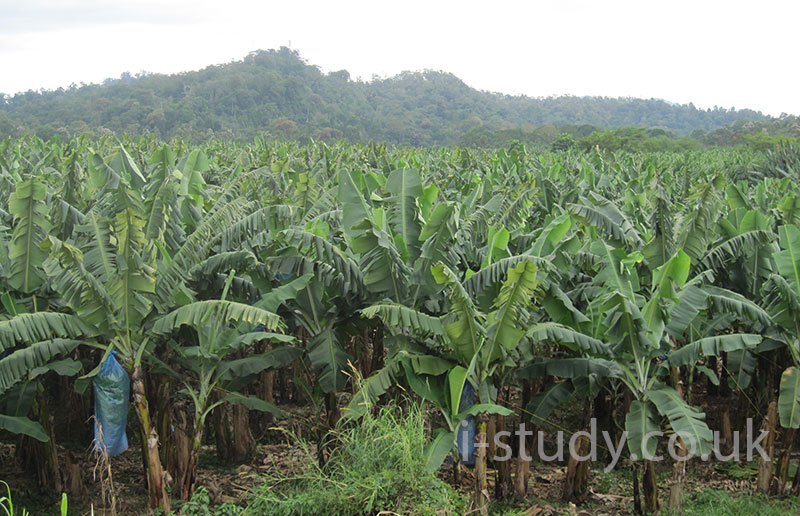Why do Countries Trade?
- To acquire goods/resources that are not available or produced in their own country (spices, oil etc).
- To benefit from lower prices due to specialization.
- To reach larger markets.
Why Specialize?
If countries focus on producing what they are best at & then trade with other countries for the products they need, it should result in all the countries having more goods & services to share in total.
Absolute Advantage
This is the ability of a country to produce more of a certain good than other countries can with
the same amount of resources.
Therefore countries should specialise in what they have an absolute advantage in & then trade.
Comparative Advantage
This occurs when a country does not have an absolute advantage in the production of anything.
In this case it makes sense for it to specialise in producing the item in which it is most efficient.
Other countries should produce the items they have the most advantage in & through trade
everybody should end up better off.


